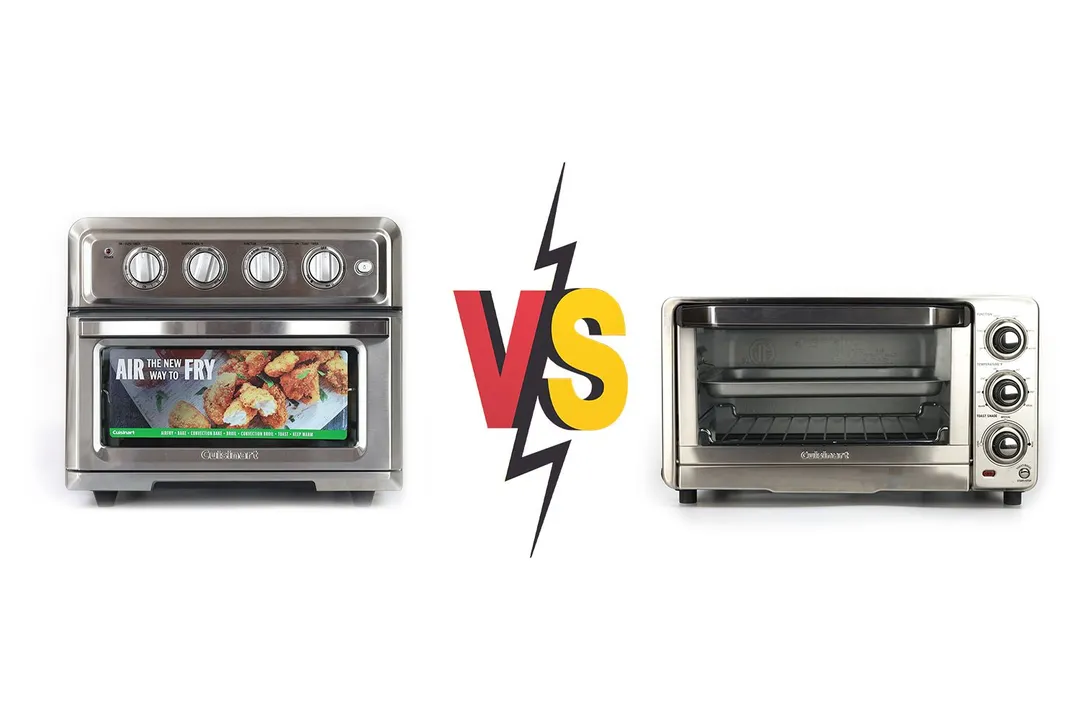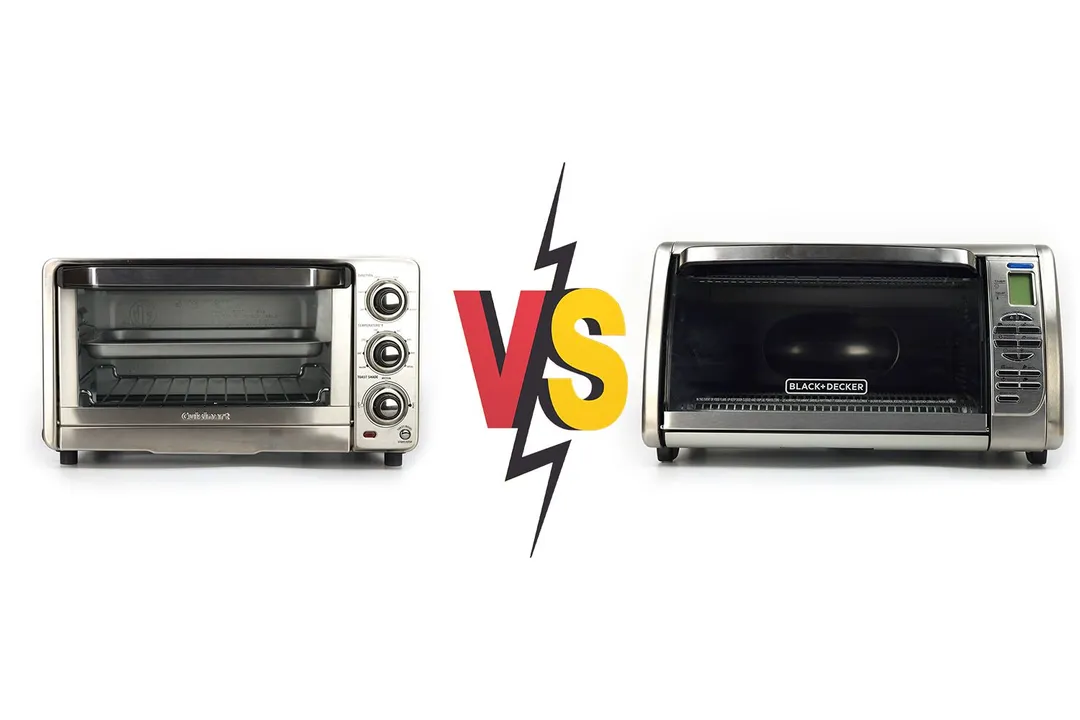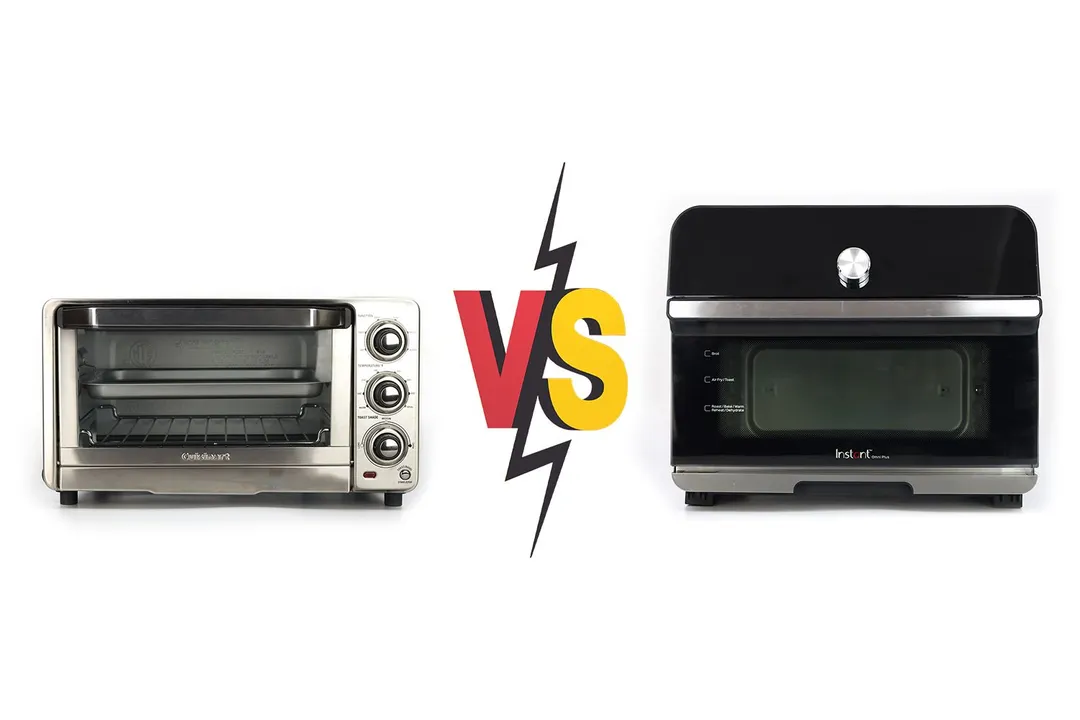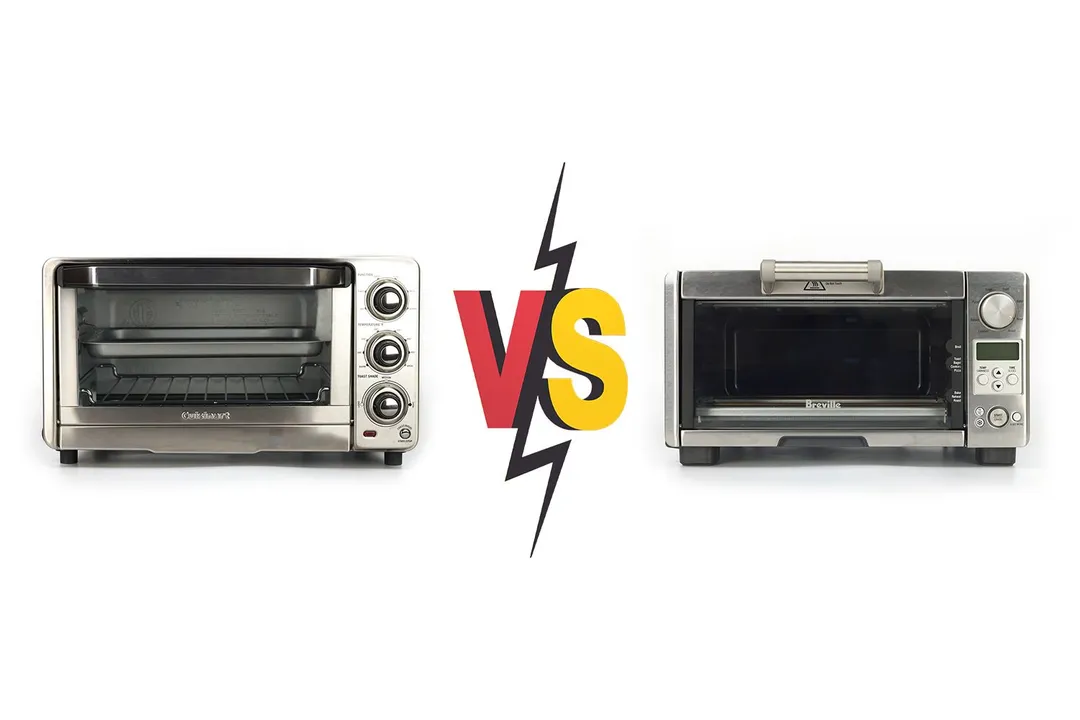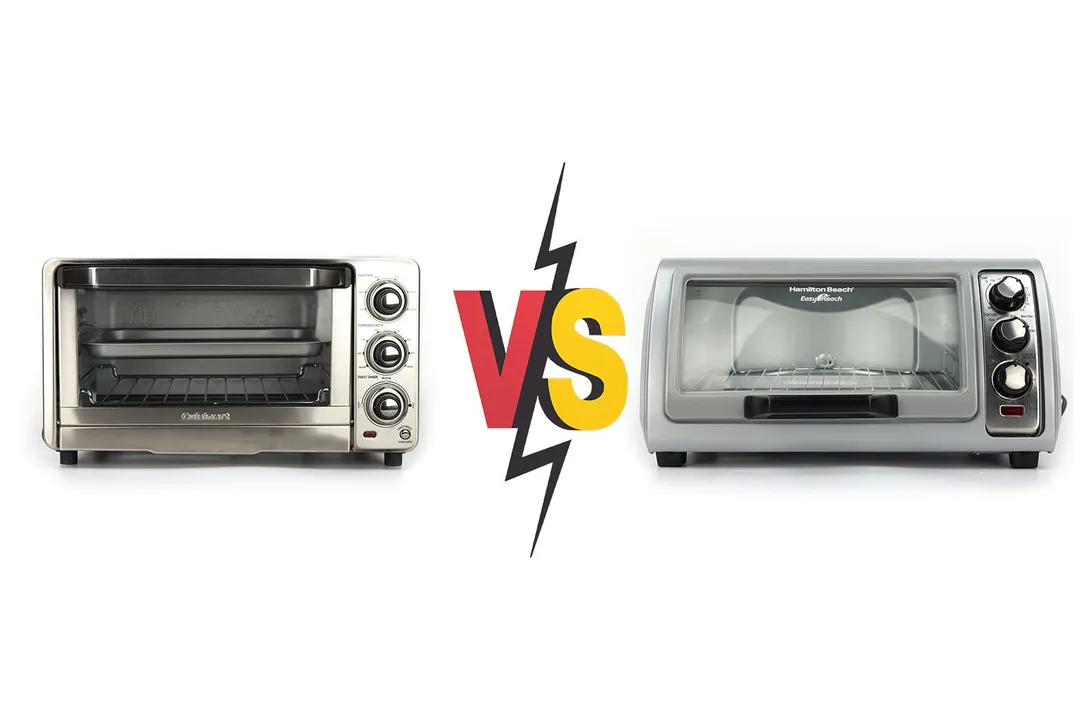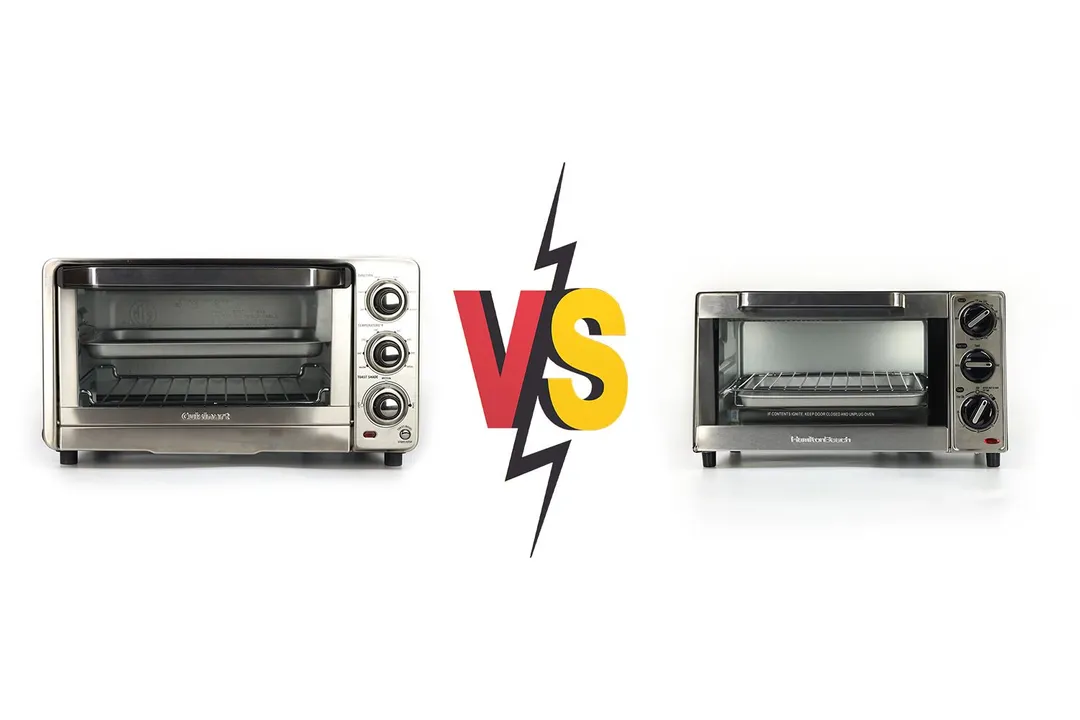Our recommendations are made independently through Research & Testing. We may receive commissions from purchases made via our links.
Cuisinart TOB-40N vs Ninja Foodi XL Pro Toaster Oven Side-by-Side Comparison
Medium-sized Cuisinart TOB-40N vs large Ninja Foodi XL Pro Toaster Oven. A one-sided fight with all the points going over to the best large toaster oven.
Cuisinart TOB-40N
Tested Using Methodology v1.0Ninja Foodi XL Pro
Tested Using Methodology v1.0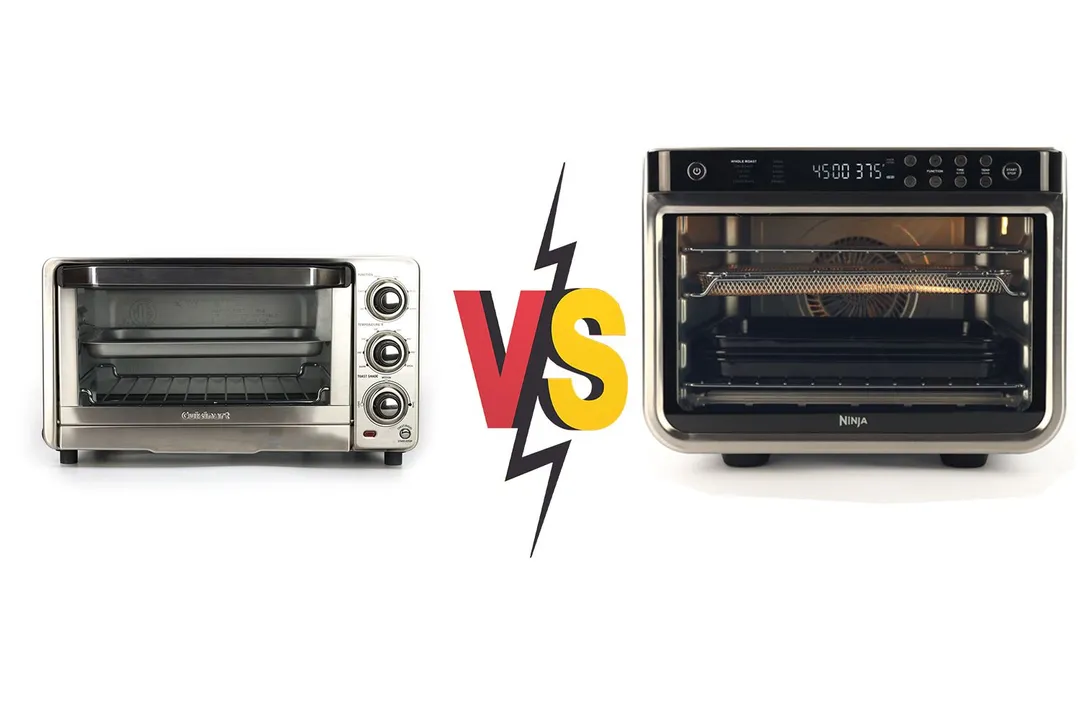
Overall Verdict
Between the medium-sized Cuisinart TOB-40N and the large Ninja Foodi XL Pro DT201, it was a one-sided fight with all the points going over to the Ninja.
As an analog model, it’s understandable that the Cuisinart has lower scores in usability due to its lack of convenient features including precise temperature control, timer, and presets. This isn’t necessarily the case when it comes to design though.
The Cuisinart is made of durable material and has rear buffers as well as a slide-out crumb tray. These features allowed it to score similarly to the Ninja in terms of exterior. Nonetheless, the lack of interior lighting and a convection system prevented it from garnering an equal design score.
Performance-wise, the Cuisinart held up decent performances in toasting bread and roasting chicken at around 7/10. However, the Ninja simply outshined the Cuisinart with a higher power output and its convection system. Moreover, the Cuisinart showed weaknesses in those two aspects with its low score in the fries test.
The Cuisinart managed to keep up with the Ninja in terms of making pizza, but both scores weren’t actually high. It was more of a limitation on the tested food instead of the Ninja’s performance. This is besides the fact that the Ninja can deliver excellent performance with up to double the amount of food compared to the Cuisinart.
Pros & Cons
- Spacious and non-stick interior
- Auto-slide rack
- Easy-to-clean stainless steel exterior
- Slide-out crumb tray
- Cool-touch door handle
- Stay-on feature
- High power output
- Straightforward and informative control panel
- Tailored cooking functions
- Family-sized capacity
- Tray-level suggestions
- Sturdy construction
- Well-designed accessories
- Easy-to-clean stainless steel exterior
- Cool-touch door handle
- No convection fan
- No internal lighting
- No safety mechanism for the door
- No safety mechanism for the door
- Faulty interior light upon received
Key Specs
Where to Buy
*You help support HealthyKitchen101's product testing and reviews by purchasing from our retail partners.
Analysis and Test Results
Performance
Toast
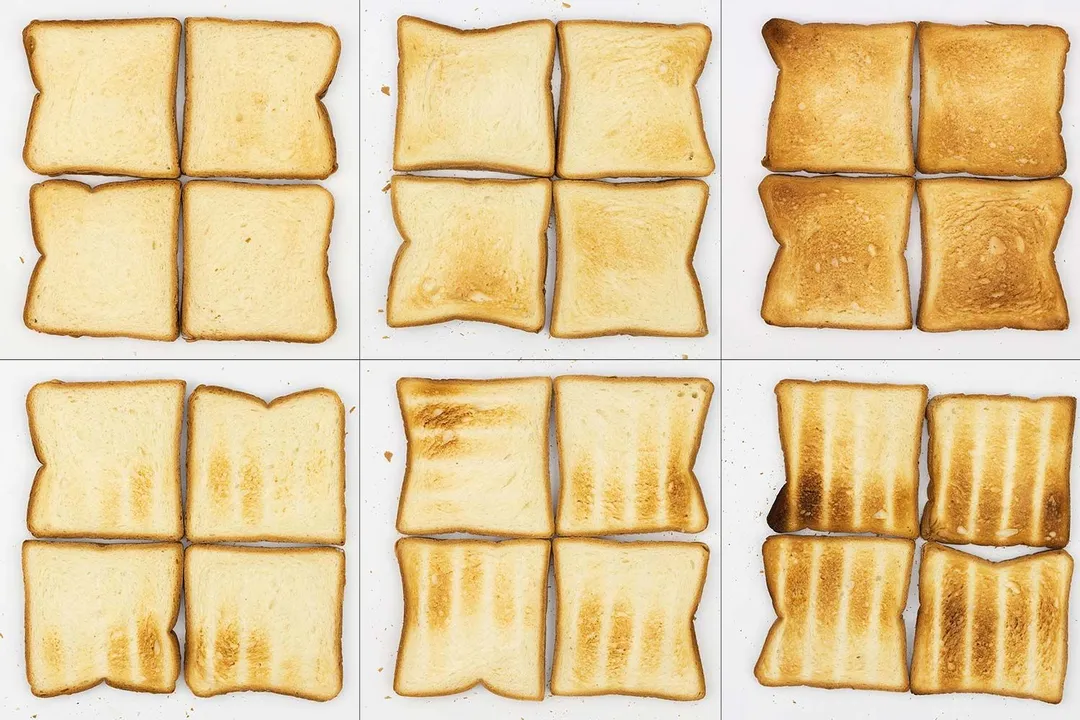
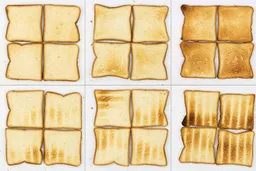
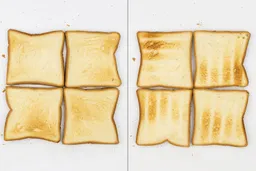
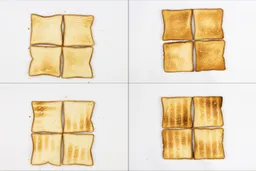
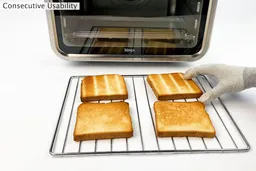

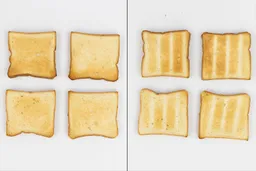
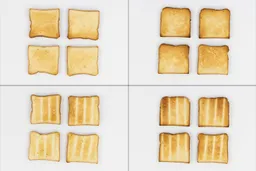
Pizza
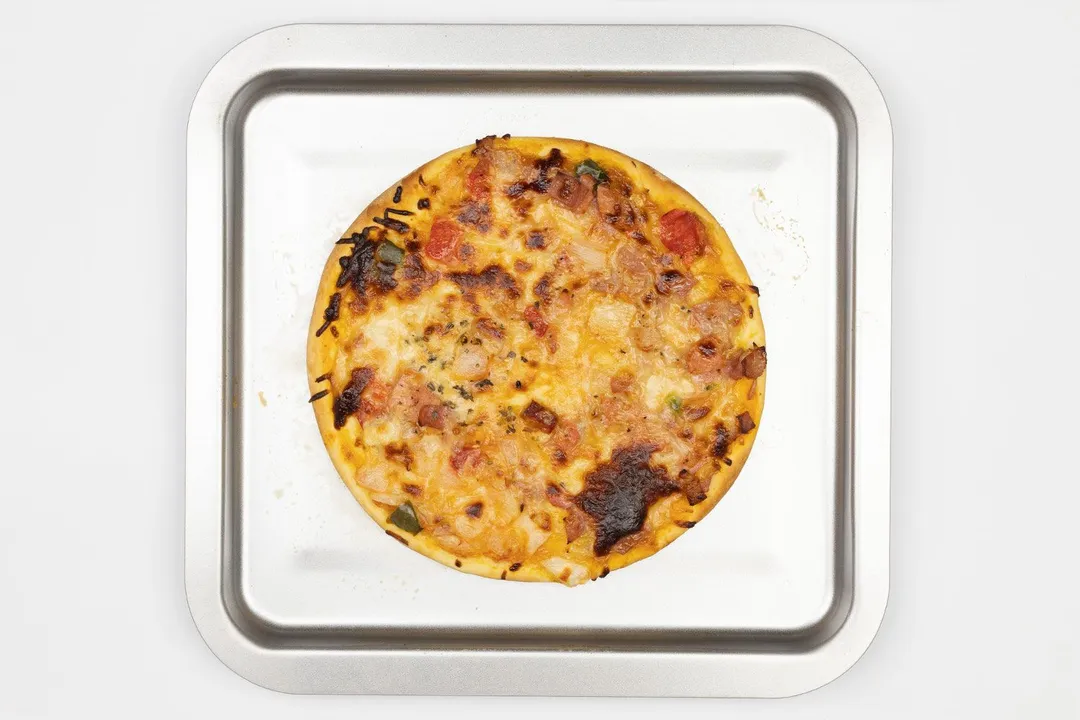
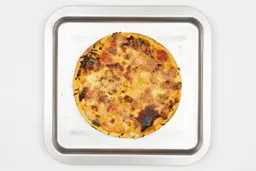


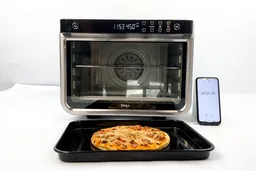
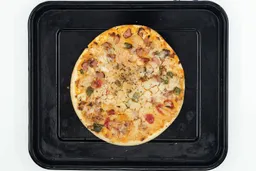
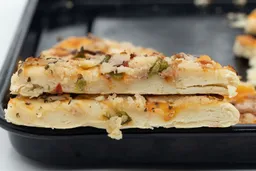

Whole Roasted Chicken

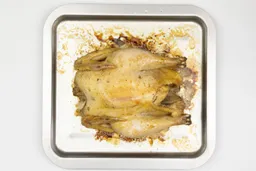
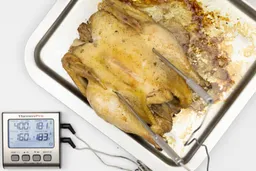
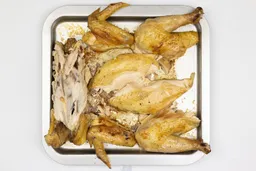
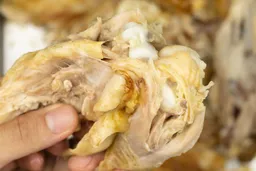
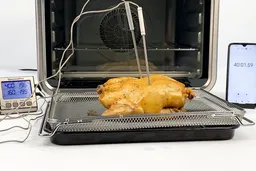
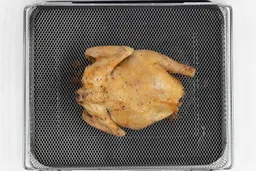
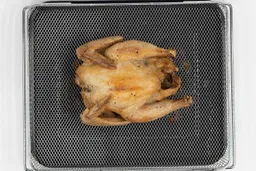
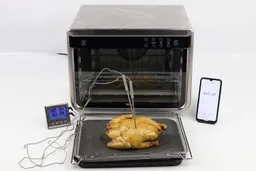
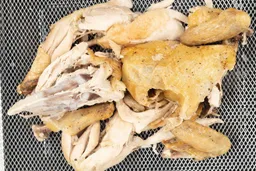
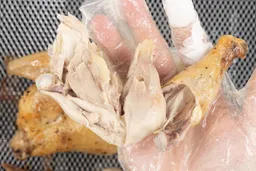
Baked French Fries
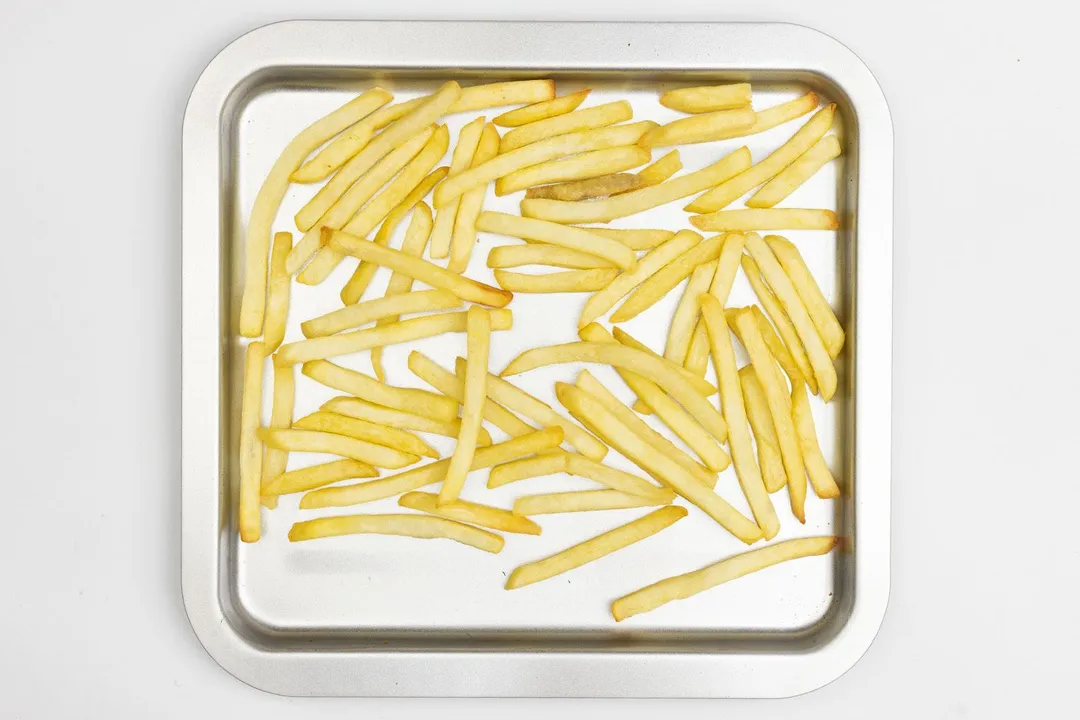
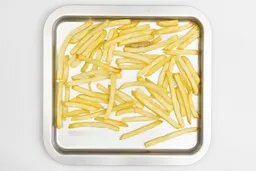


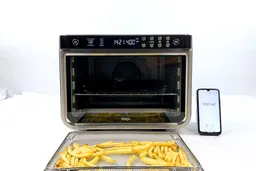
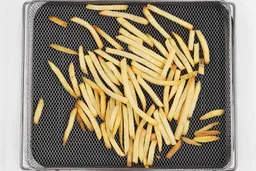

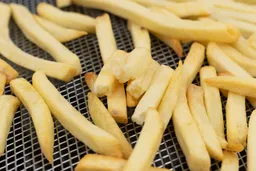
Design
In the Box
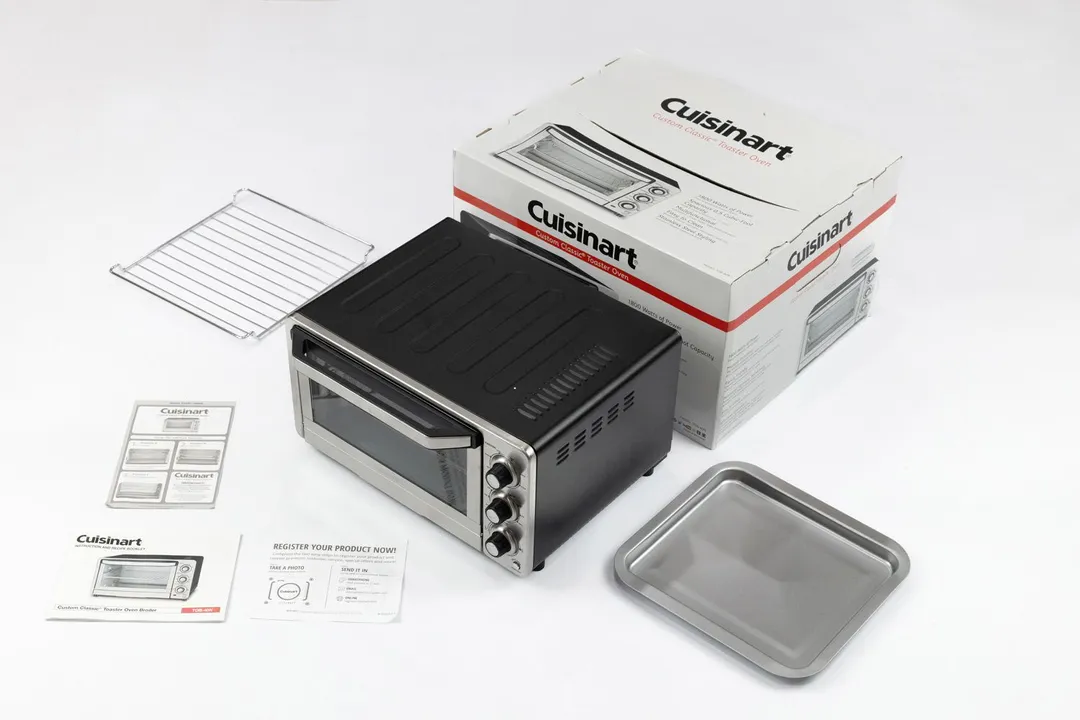
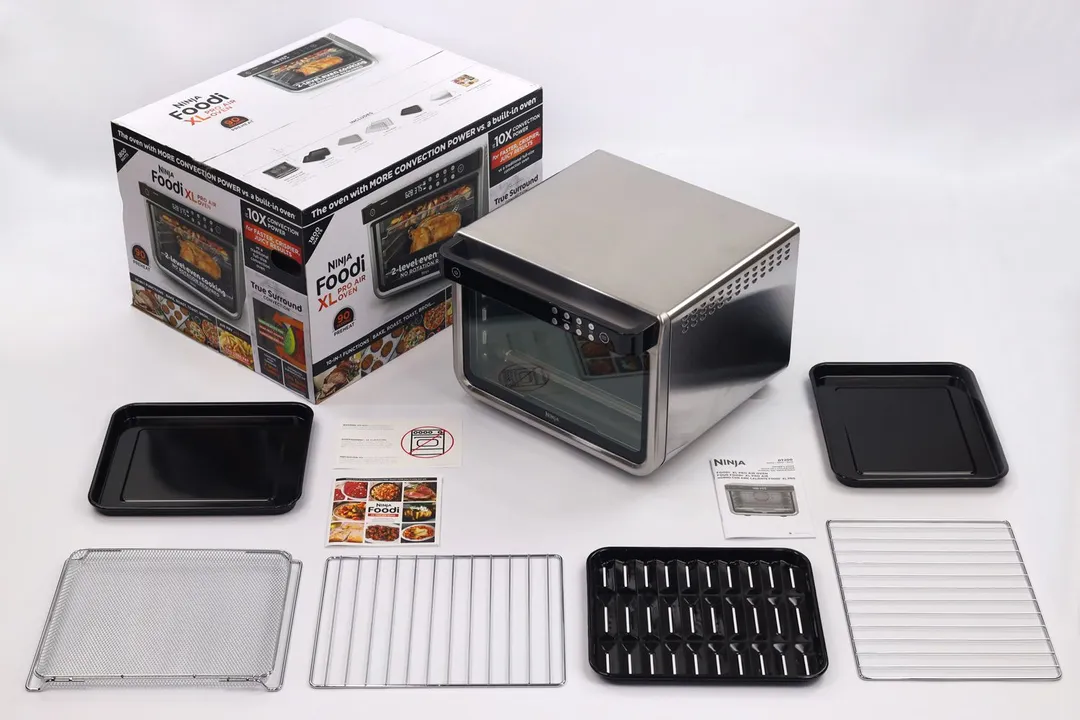
Exterior
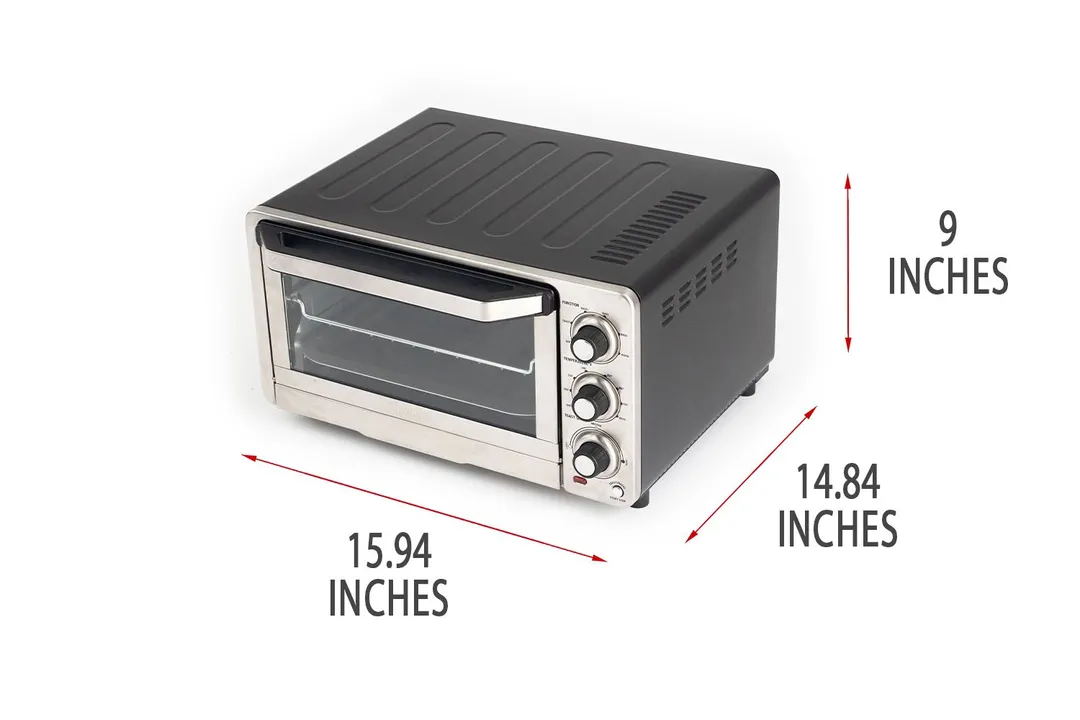
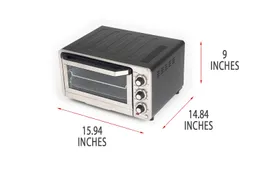
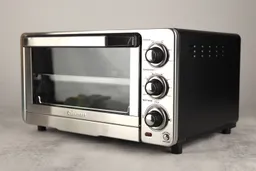
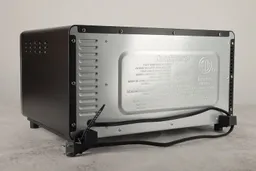
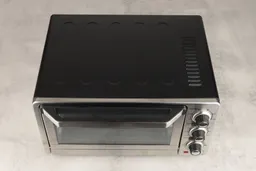

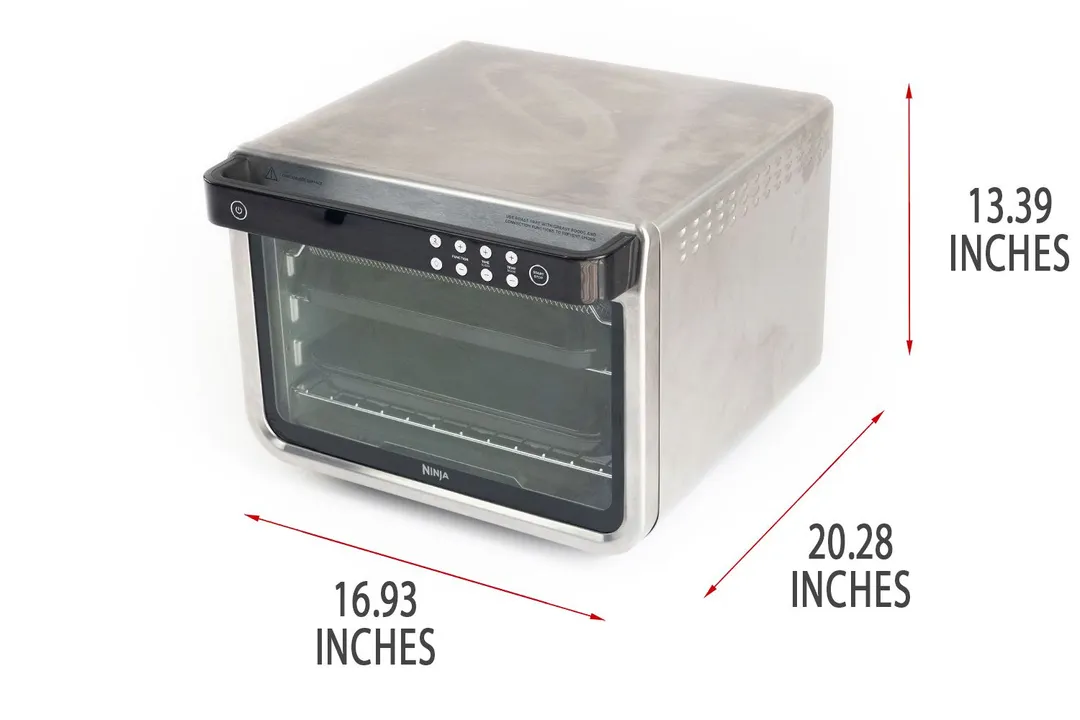
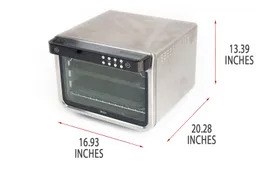
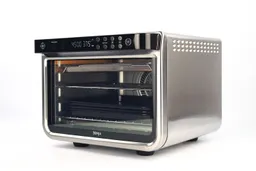
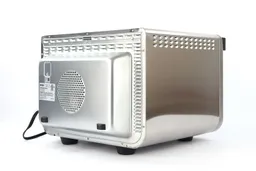
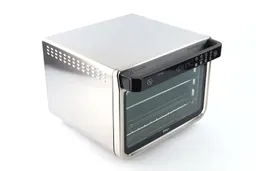
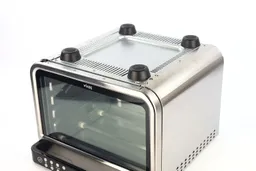
Control Panel
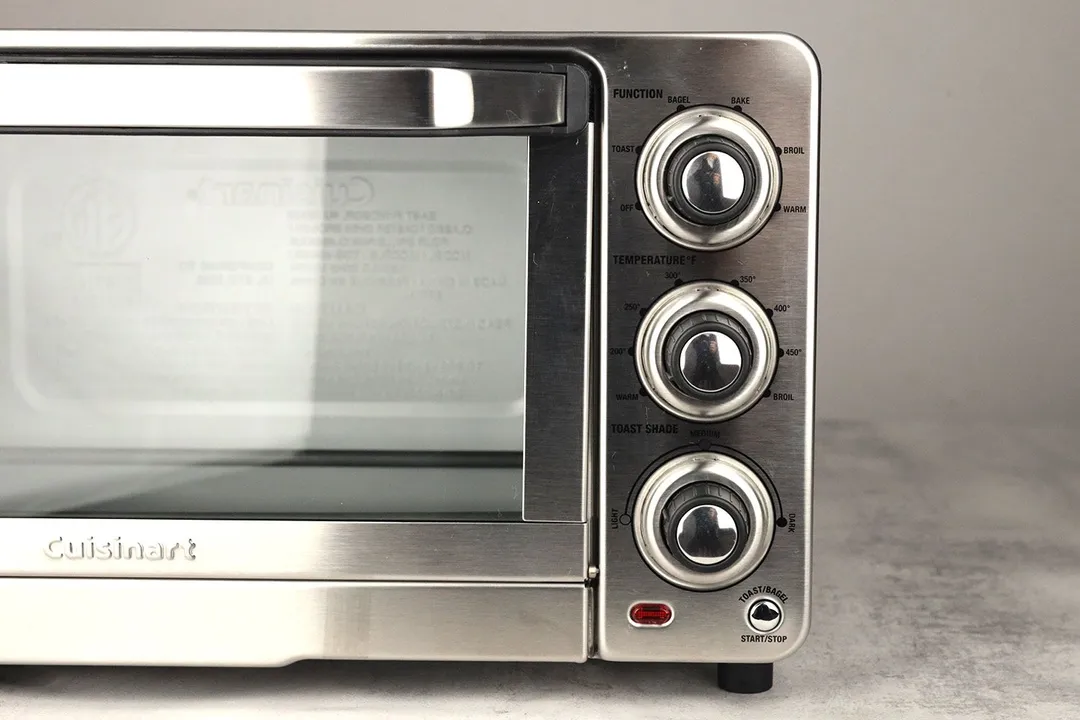
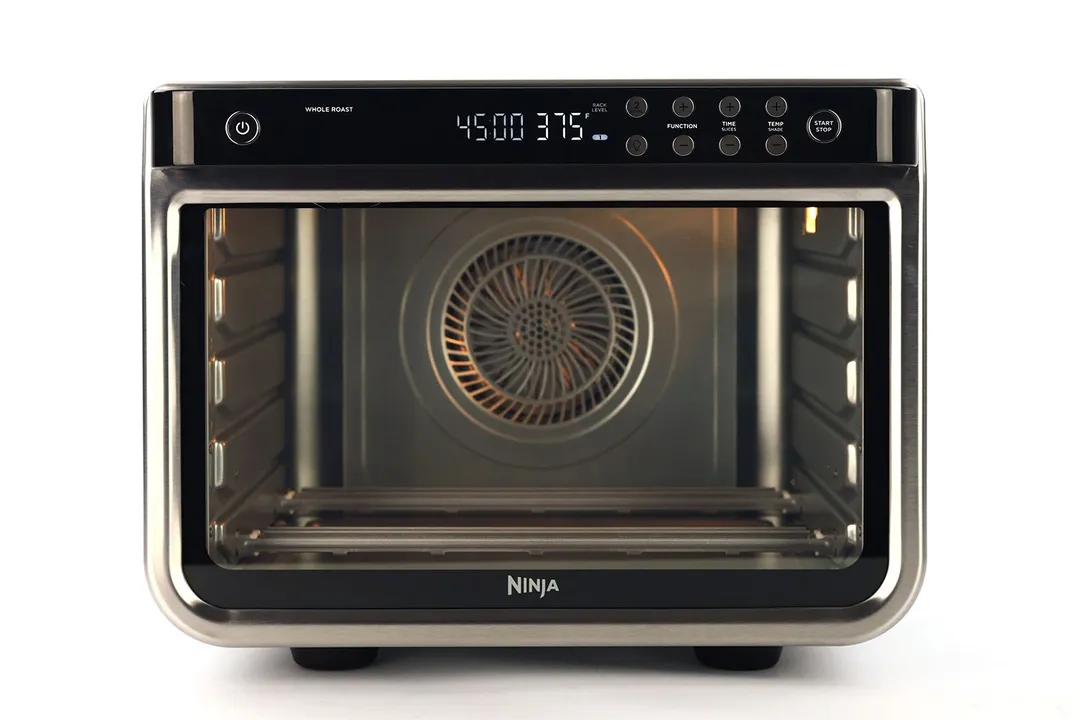
Cooking Functions
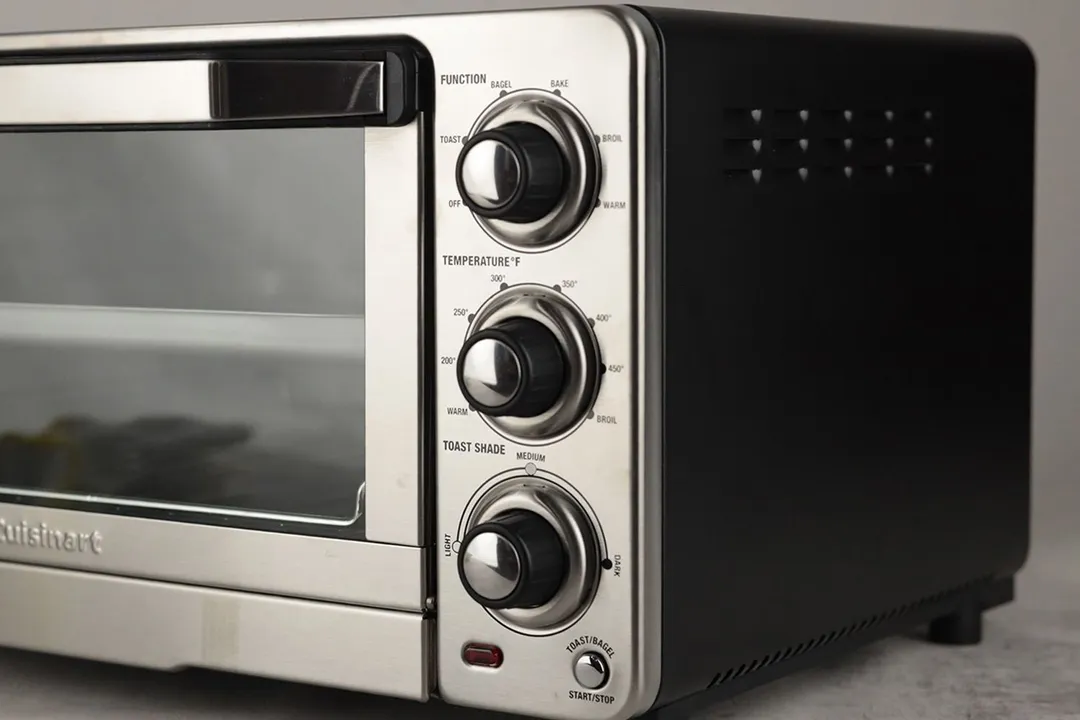
Interior
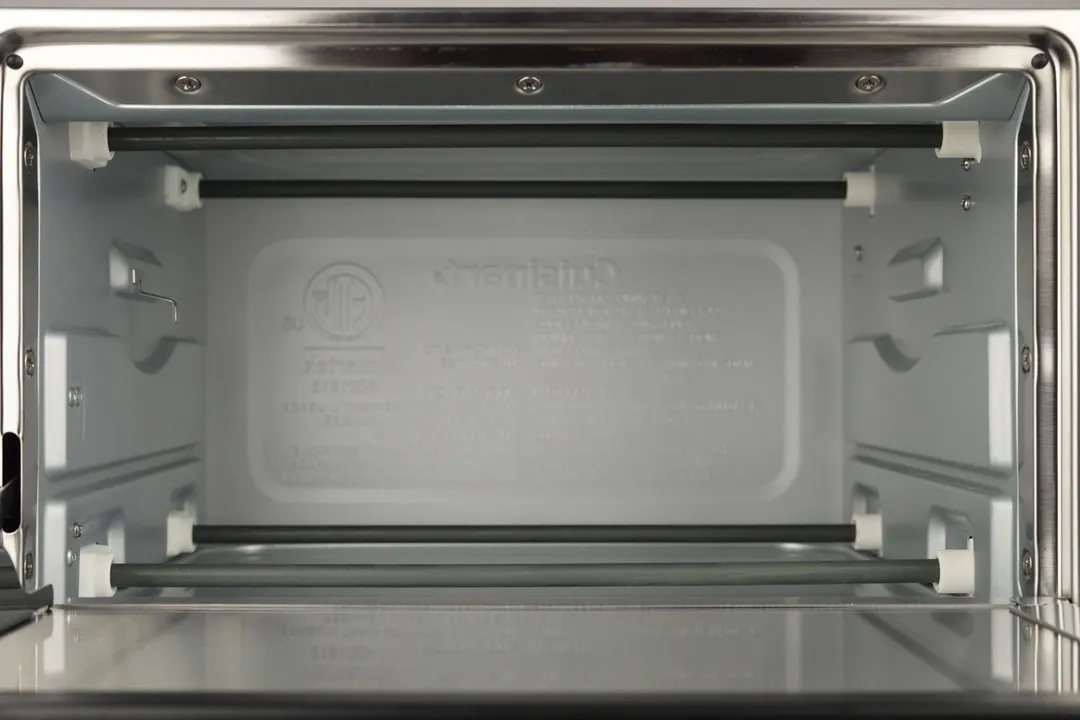
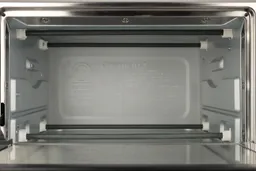

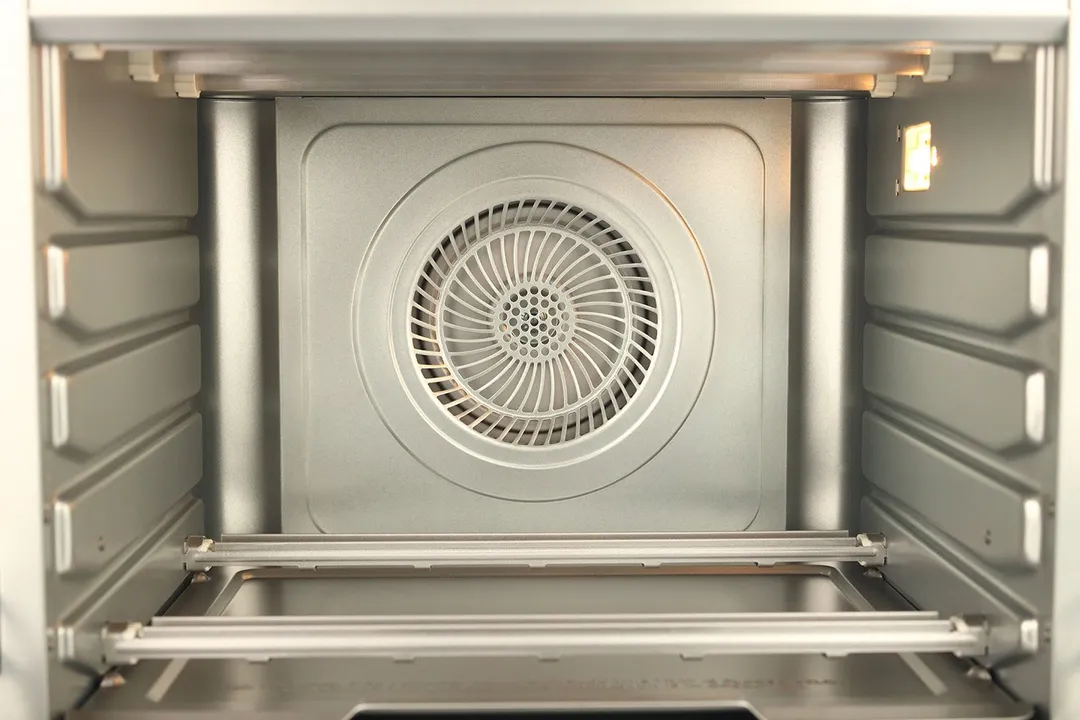
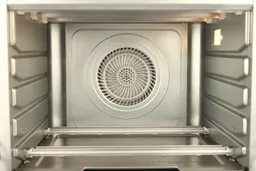
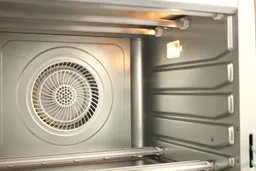
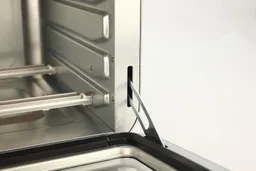
Power Cord
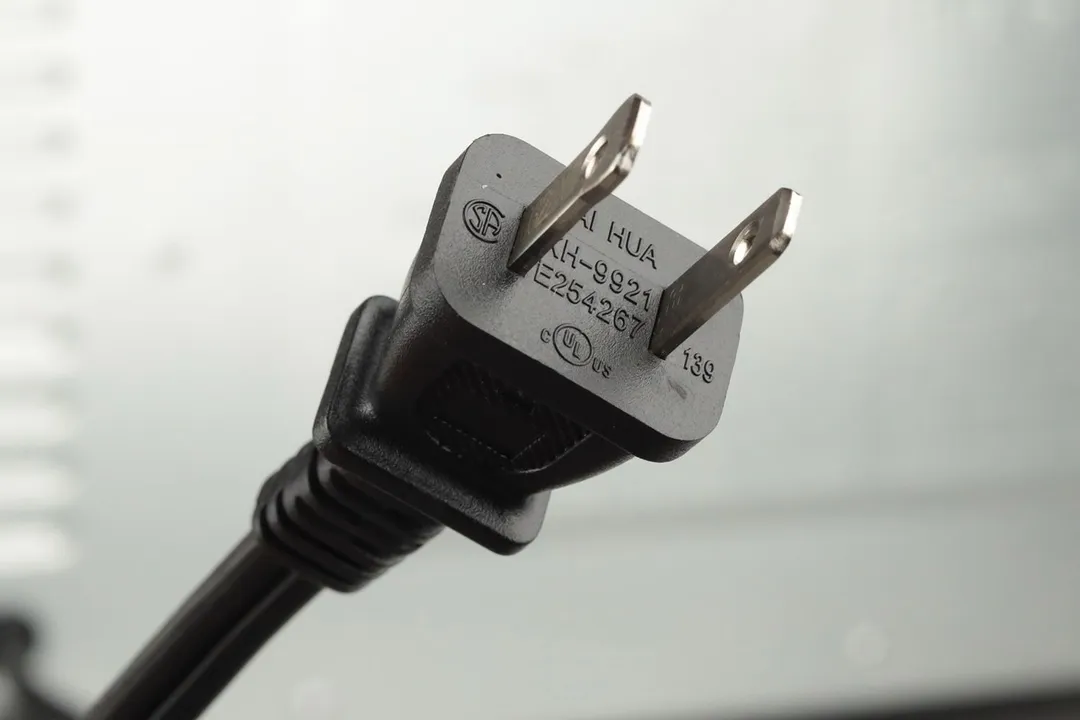
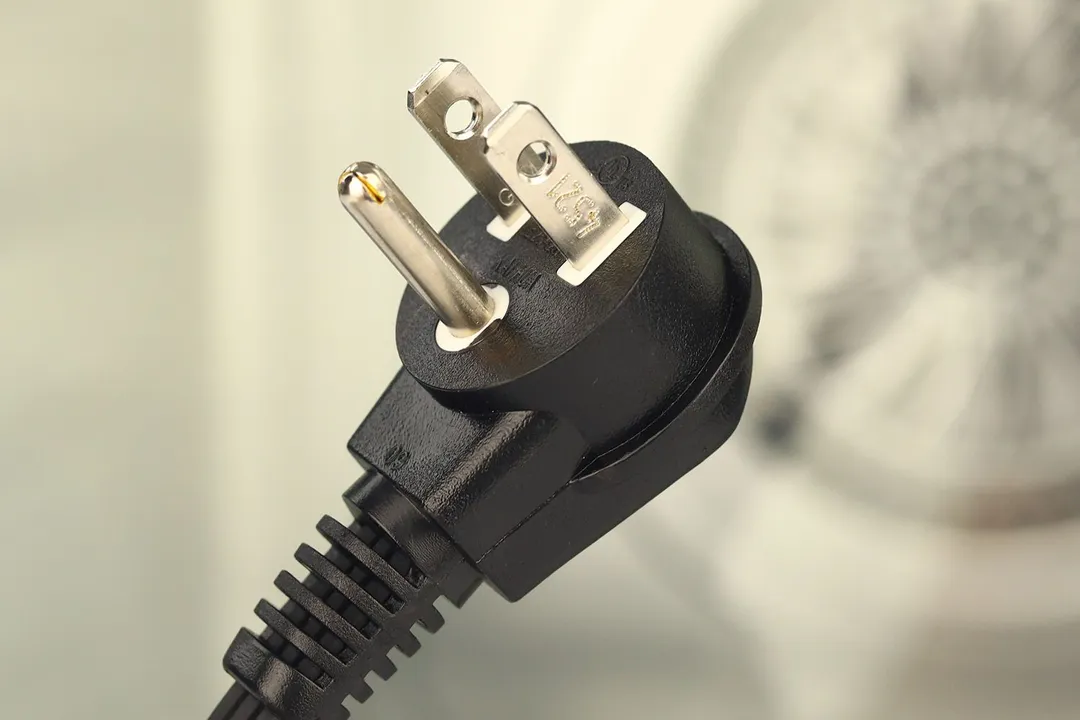
Accessories

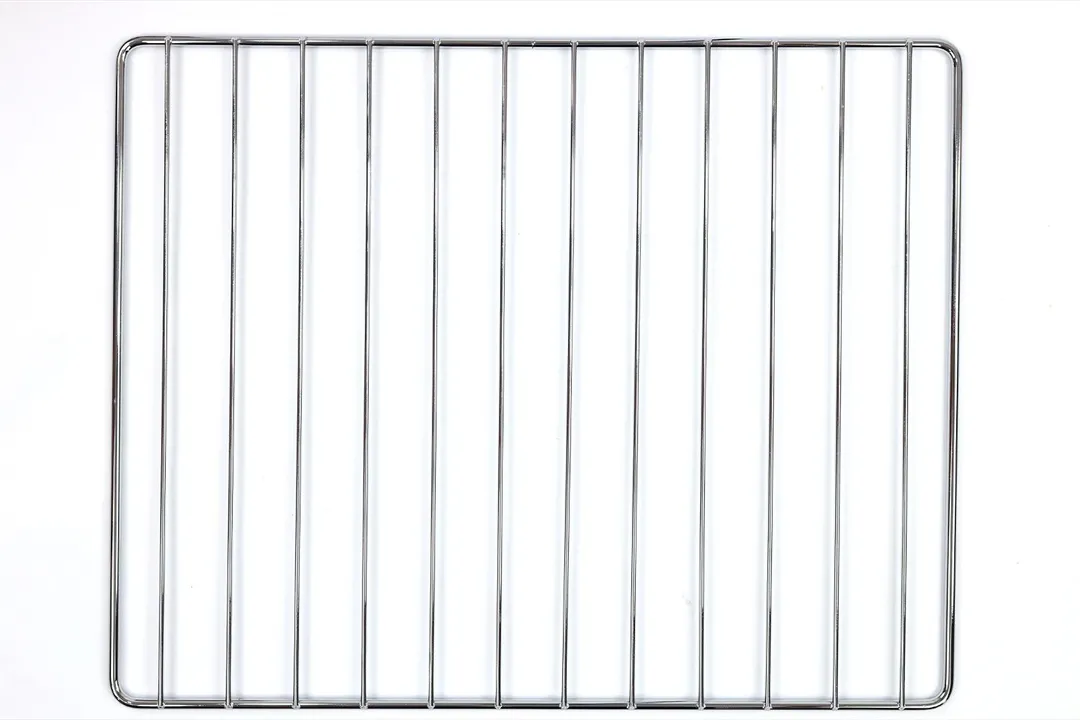
Build Quality
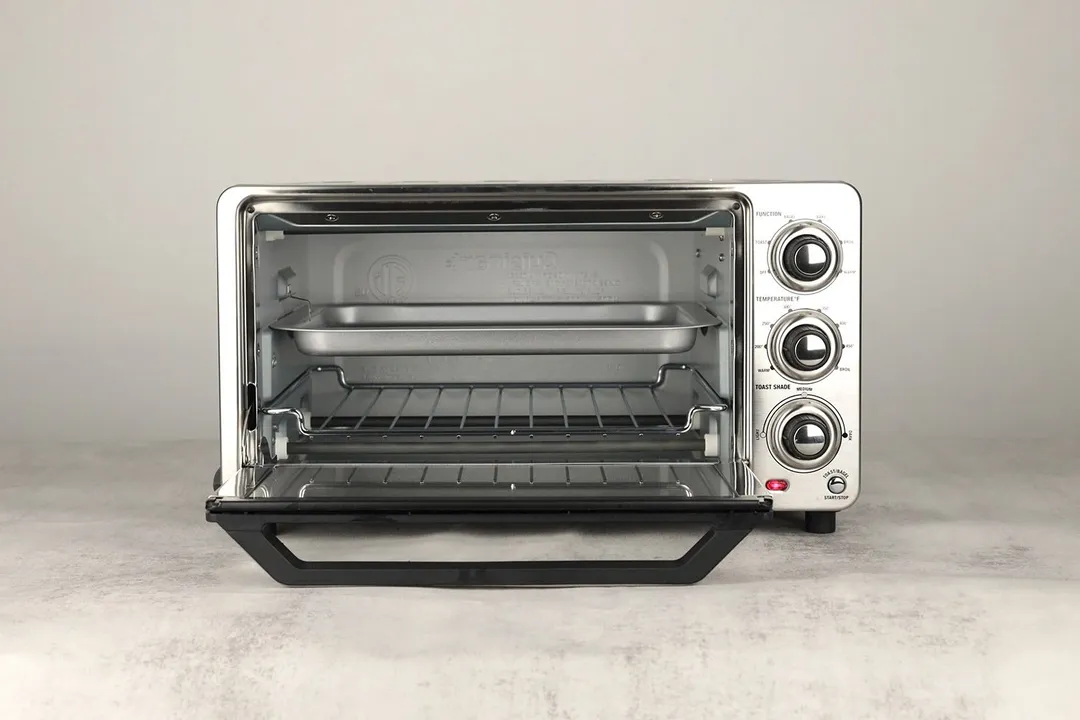
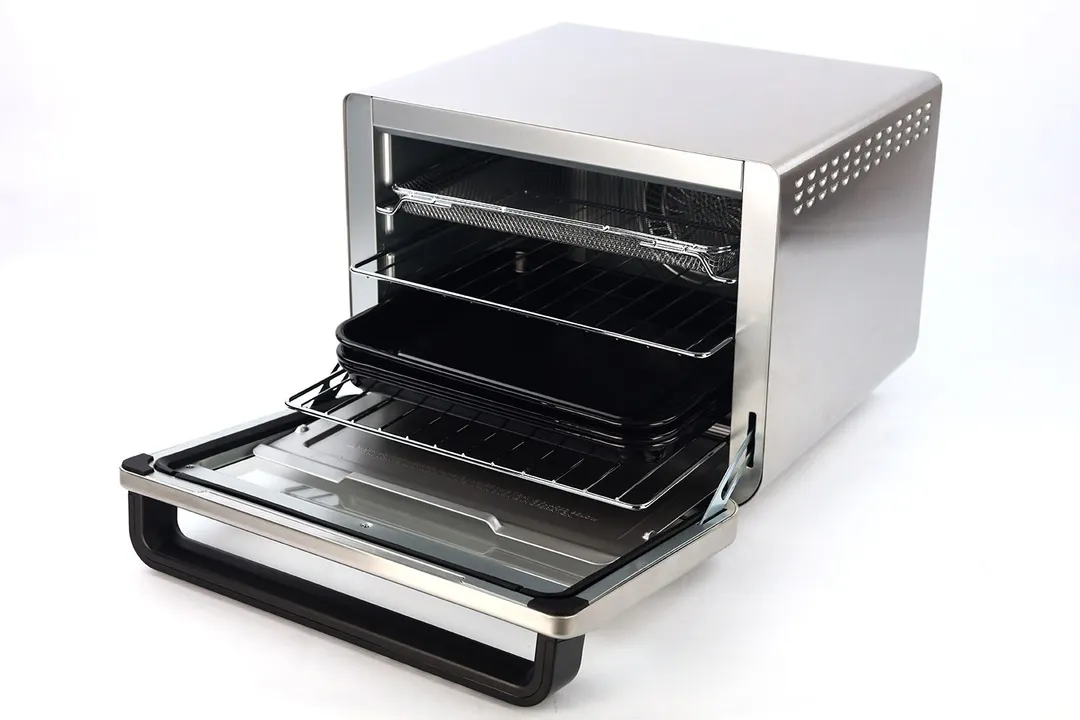
Capacity
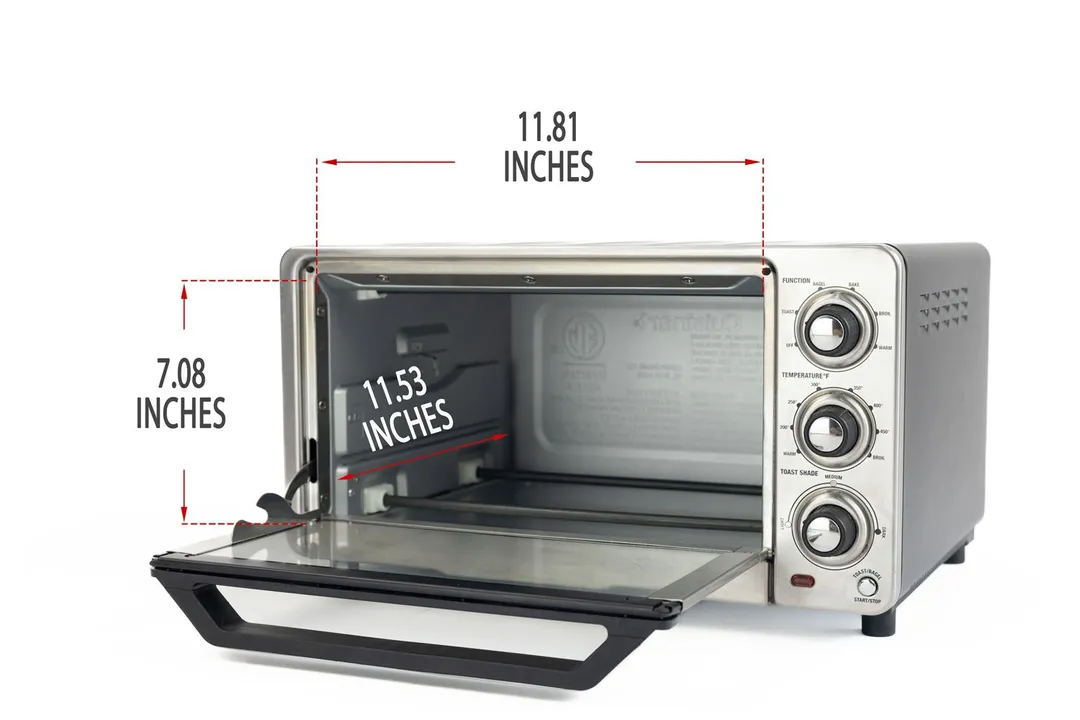
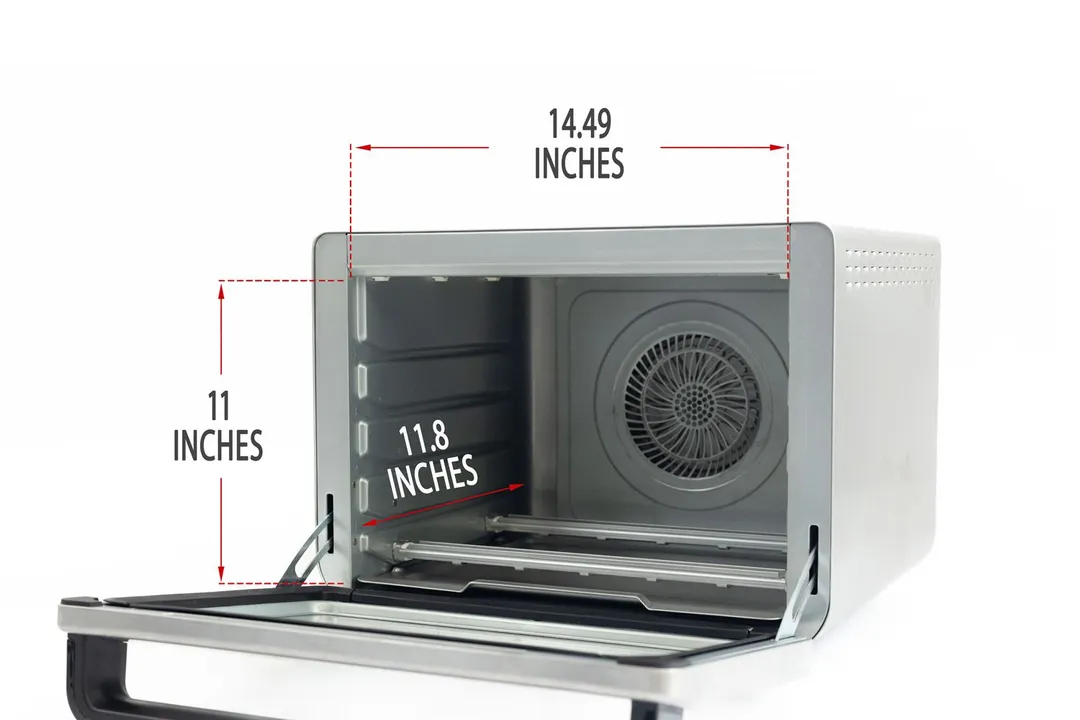
Usability
User Control
Ease of Use

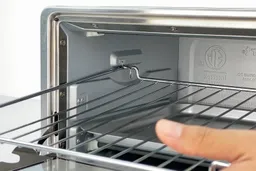
Cleanability
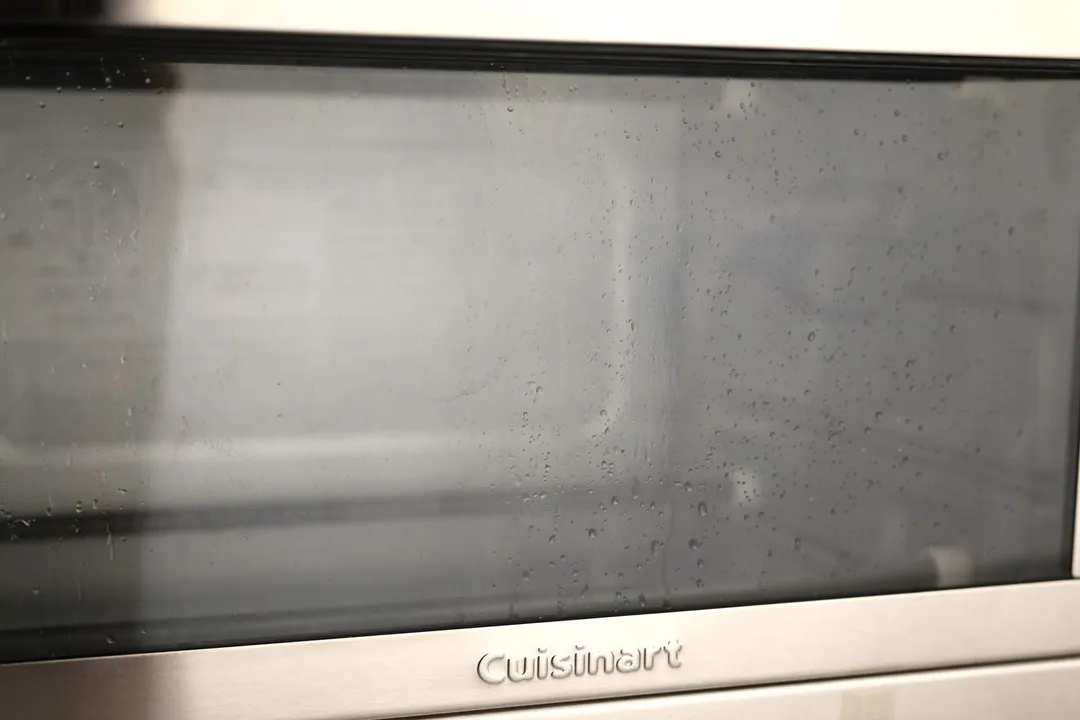

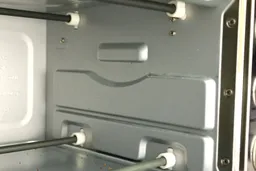


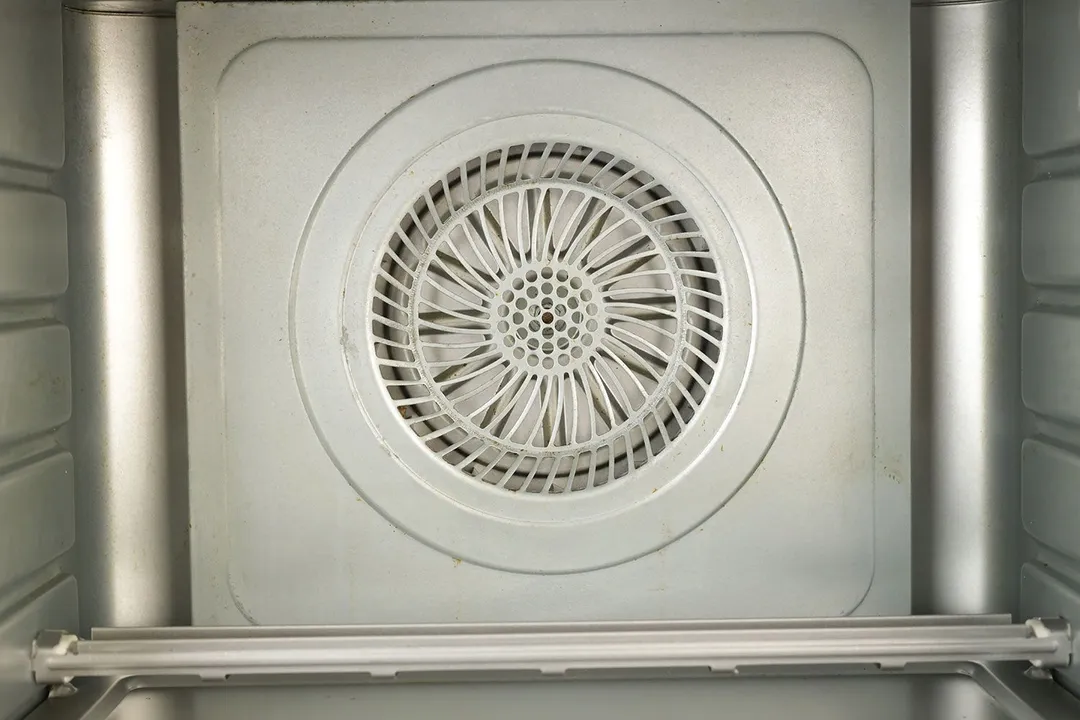
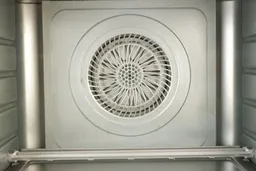


Behind the Comparison
Alan Nguyen is a writer and product reviewer at HealthyKitchen101. His major in English language teaching taught him to present concise information. In addition to his cooking hobby, he values the practical aspects of household appliances.
Lap is Head of the Research, Testing, and Review Team (RTR Team) at HealthyKitchen101.com, where he directs and supervises the testing of kitchen gadgets and appliances.
Tuyet Pham is an award-winning Saigonese chef passionate about delicious and healthful foods. At HealthyKitchen101, she develops recipes and collaborates with our Research, Testing, and Review lab to evaluate the performance of cooking appliances. Her assessments add a strong authoritative voice to our product scoring process.
Nguyen Ntk is a graphic designer, photographer, and videographer whose philosophy centers around respecting and celebrating the beauty of reality. Through his lenses, Nguyen strives to capture the true essence of objects and events, showcasing and highlighting authentic features without distortion or exaggeration.




